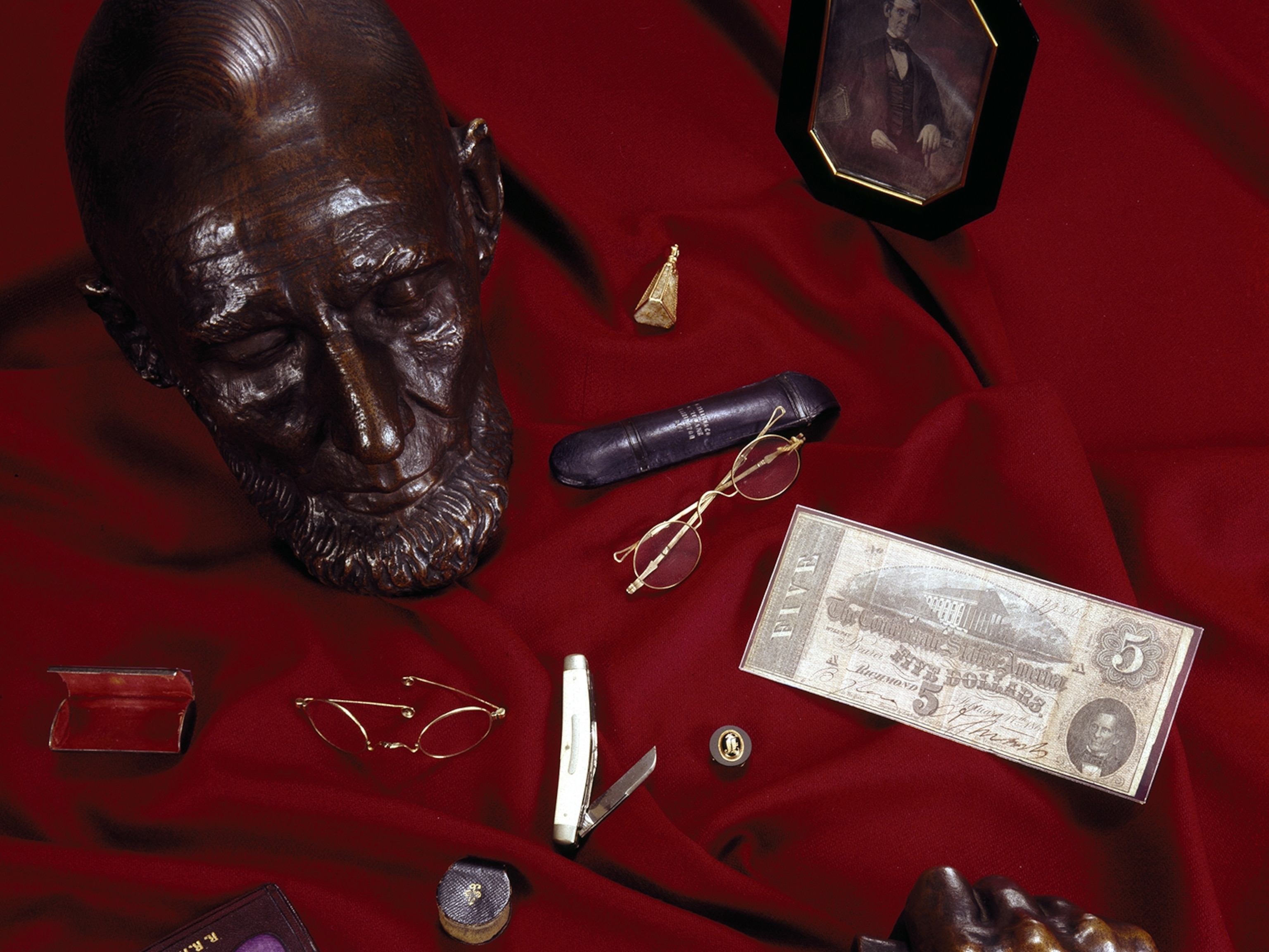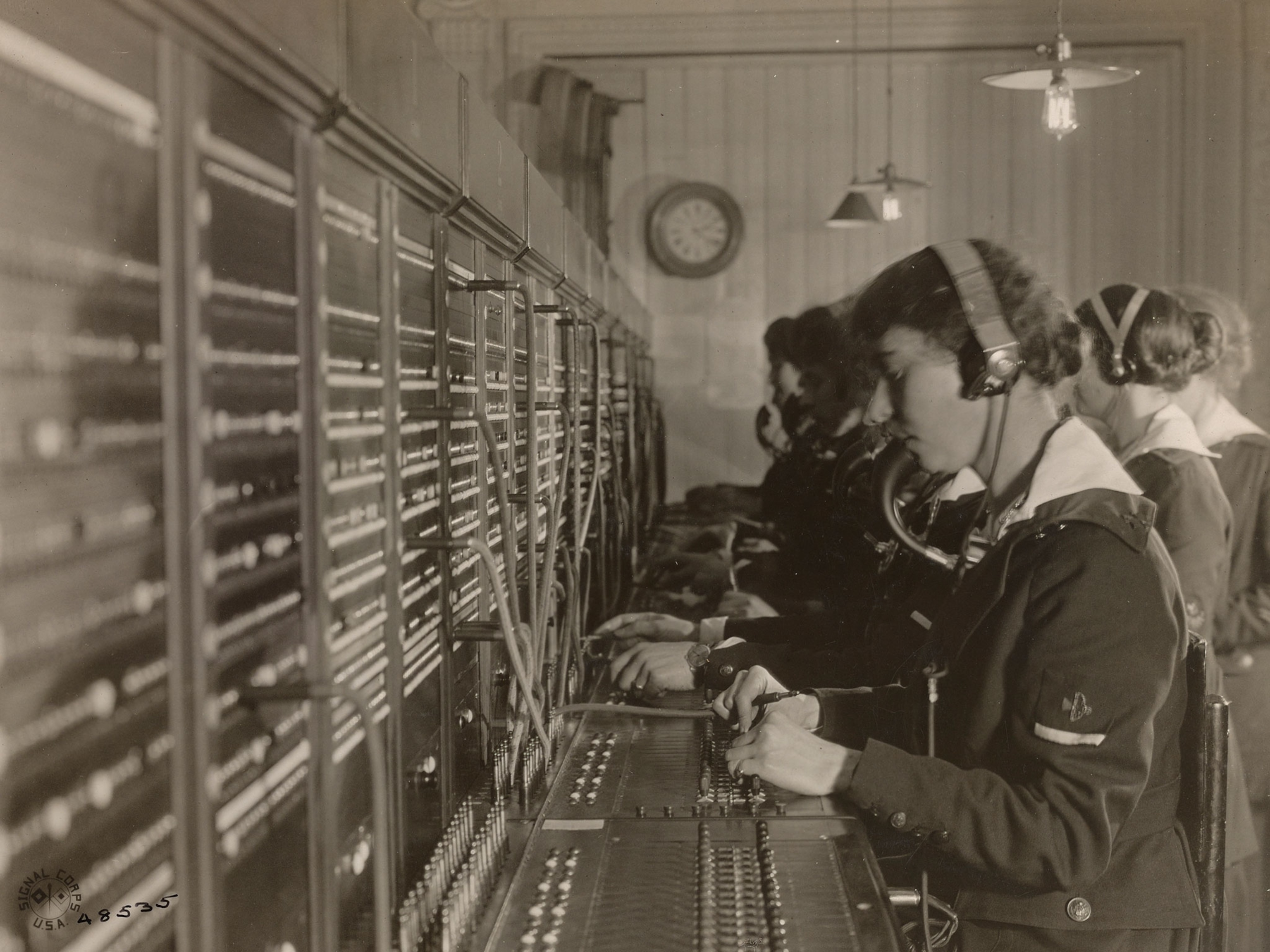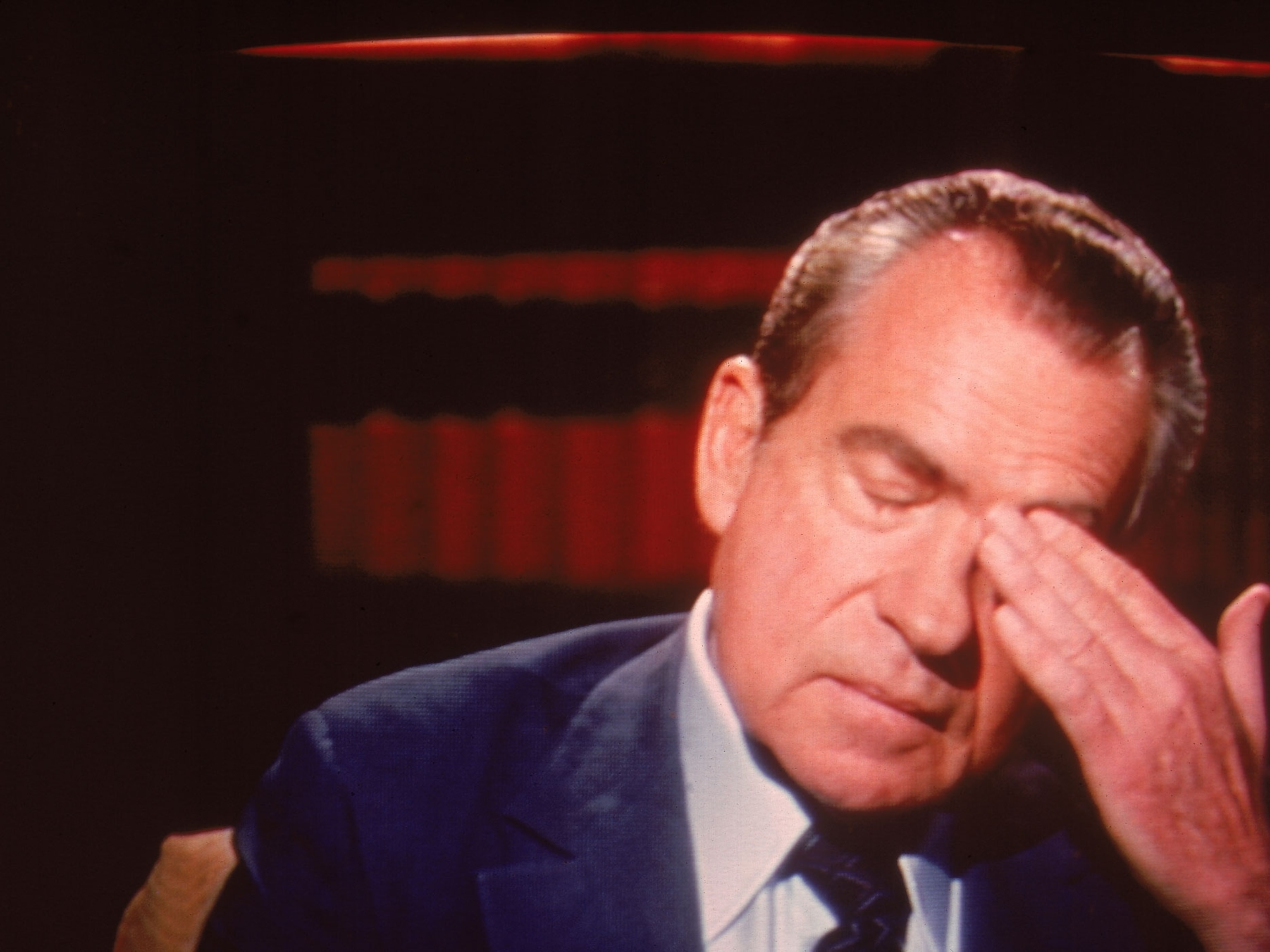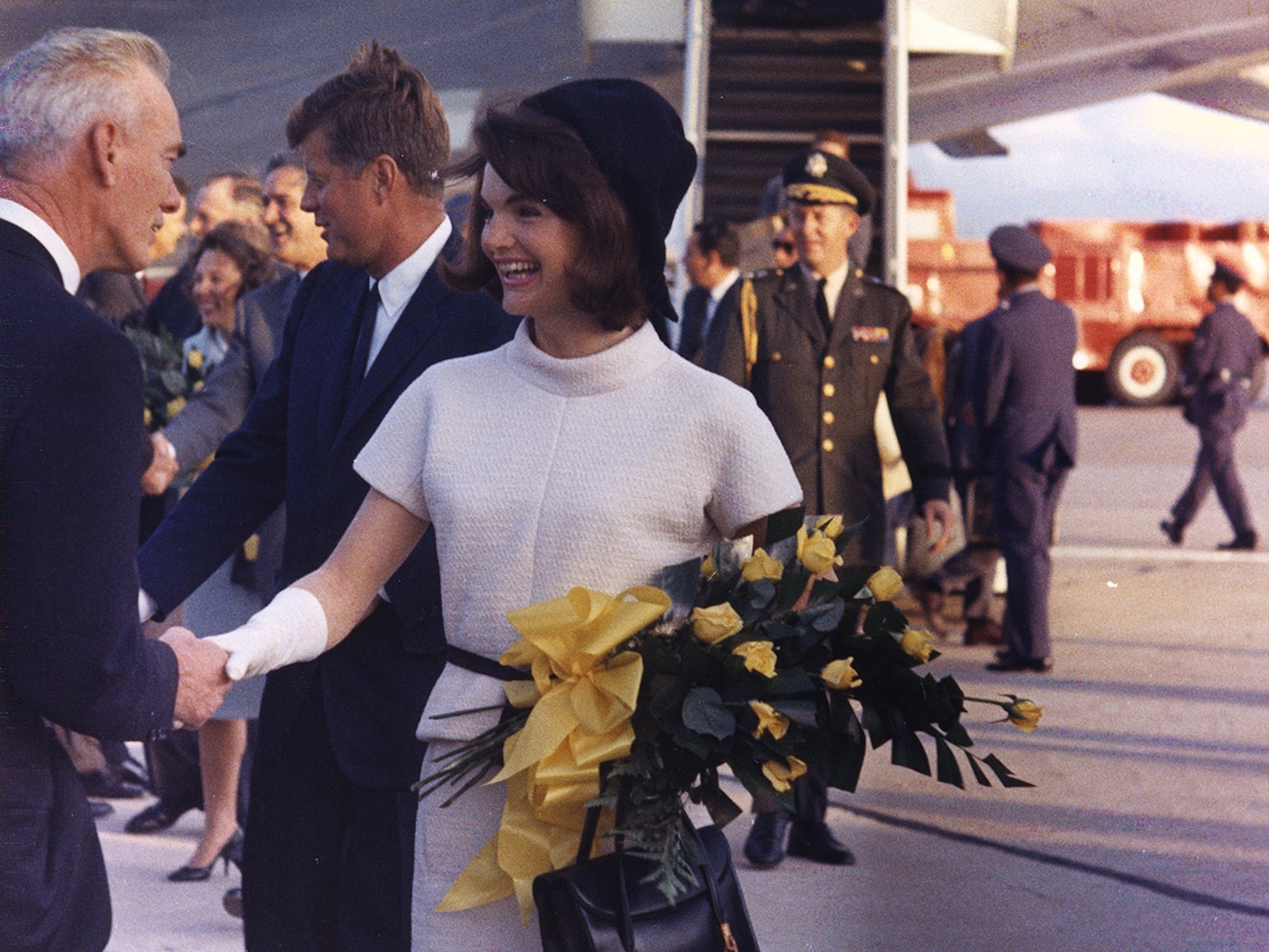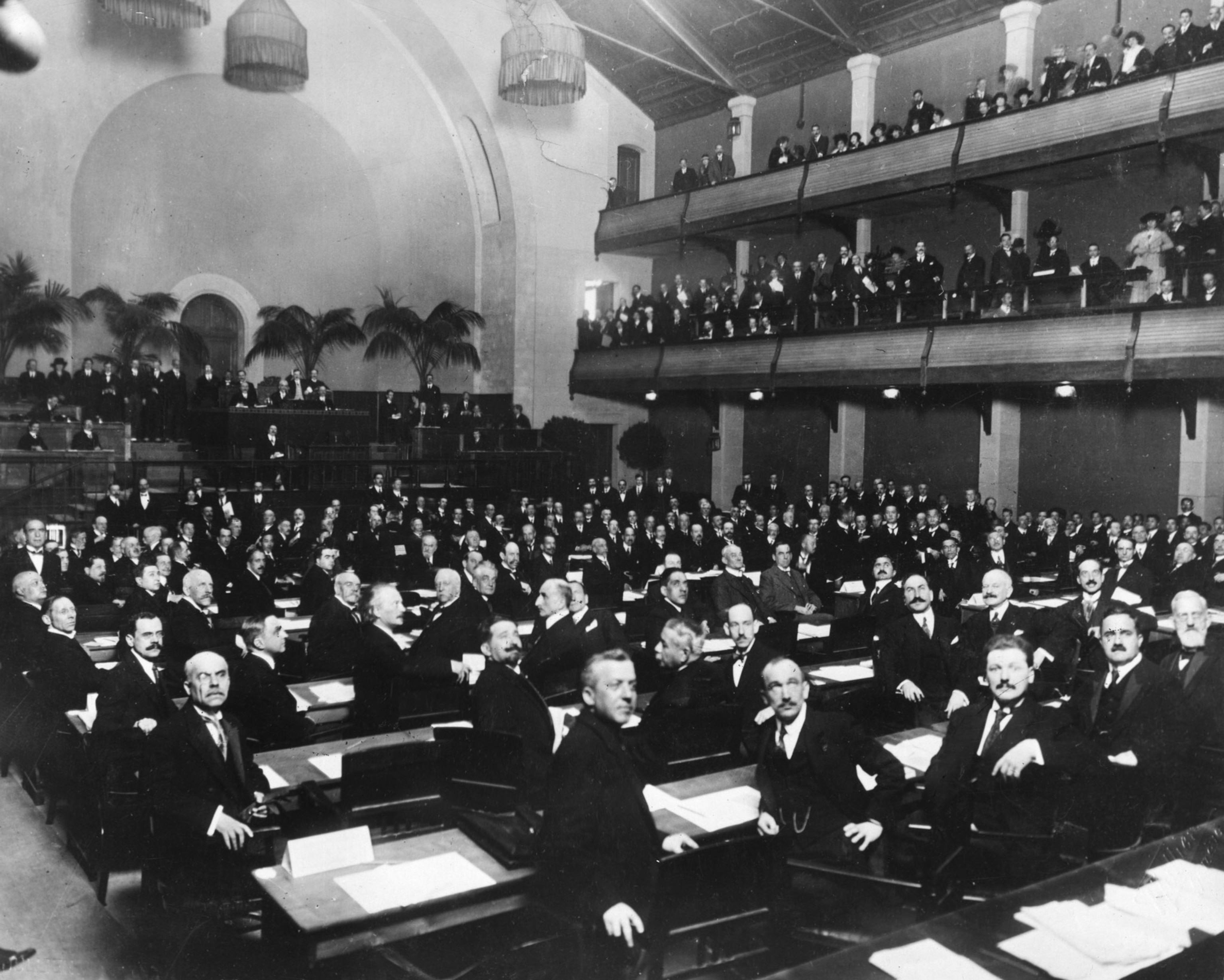
Why the League of Nations was doomed before it began
One hundred years ago President Woodrow Wilson attempted to prevent another world war, however his own country foiled his plan.
In the aftermath of World War I, much of the world signed on to an organization designed to make it impossible to enter another catastrophic war. It was the League of Nations, an ambitious entity established 100 years ago this month that asked its member states to ensure one another’s security and national interests. But though it came into being after an American president’s call to action, the United States itself was never a member—and the League was destined to fail.
Both the League’s beginnings and its disastrous end began in the depths of World War I, a conflict that pitted nations against one another long after the armistice. In January 1918, President Woodrow Wilson laid out an idealistic 14-point world peace program designed to boost Allied troops’ morale and make war seem untenable for the Central Powers. Wilson blamed secret alliances between nations as the cause of the war, and thought that to maintain a lasting peace, all nations should commit to fewer armaments, reduce trade barriers, and ensure national self-determination. Wilson’s fourteenth point demanded a “general association of nations” to ensure political independence and territorial integrity.

The idea of a permanent institution to ensure peace had appealed to intellectuals for centuries. But it took the unprecedented destruction of World War I, in which 8.5 million military members and at least 6.6 million civilians were killed, to make international lawmakers seriously consider the plan.
Not everyone shared Wilson’s idealistic view, though, or agreed on his priorities for a lasting peace. To bolster support for the institution, Wilson took his plea on the road to the Paris Peace Conference. During contentious negotiations, other Allied nations prioritized reparations from Germany, which they blamed for starting the war. But though they abandoned many of Wilson’s Fourteen Points, they agreed to the international institution and the league’s charter became Article I of the Treaty of Versailles.

When it came time for the U.S. to ratify the treaty and join the League of Nations, Wilson faced an unexpected source of opposition—his own countrymen. The peace deal was domestically unpopular among various communities that felt it either went too far or no far enough. It was just as divisive in the Senate, where Wilson’s arch-rival, Henry Cabot Lodge, chaired the Senate Foreign Relations Committee. Lodge loathed Wilson and his Fourteen Points, and felt that signing on to the new league could force the United States to act against its own national interests while securing the territorial integrity of other countries. He attempted to defang the treaty, and the League, with reservations that exempted the U.S. from the core tenets of the league. After a political deadlock, the treaty was defeated and the U.S. never joined.
Thirty-two nation-states did, however, and the League of Nations launched in 1920. By then, the organization was doomed. Without the U.S. on board, the number of Central and Allied votes on its governing council was equal, and the League faced deadlocks even on its most central tenets, like disarmament. Its members also proved reluctant to follow through on protecting other member nations, and over the years, countries like Japan and Germany simply withdrew from the League to sidestep its governance. Though the organization managed to deescalate some tensions between nations and contributed to the concept of international law, it was unable to prevent member nations from entering another world war.
During the interwar period, Wilson’s idealistic vision of a world of “peace without victory” was shattered. But the League of Nations has a continued legacy. After the Second World War, the remaining members of the League of Nations voted unanimously to disband and join the United Nations instead. Wilson’s vision of a worldwide organization devoted to peace and security finally came to pass—but for the at least 60 million people who died in World War II, it came far too late.


